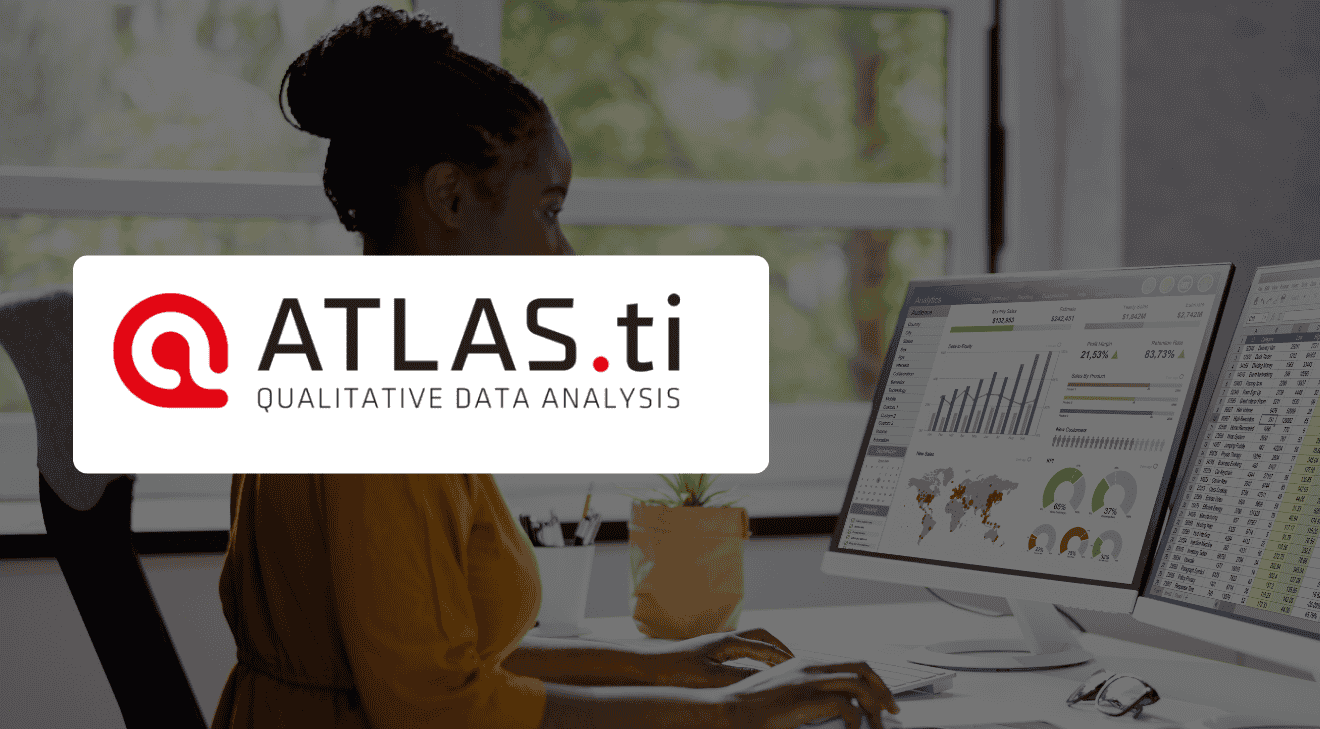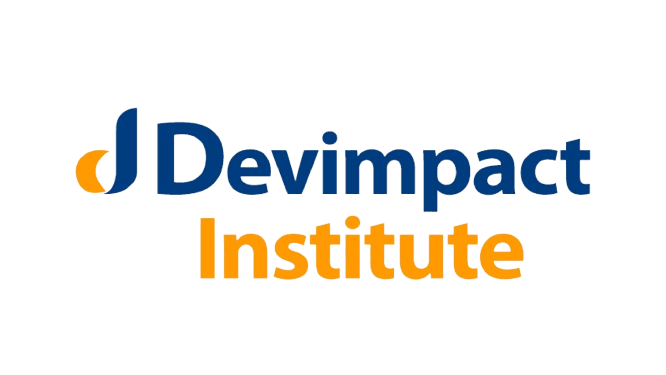
Training on Qualitative Data Management and Analysis using Atlas.ti
By the end of the course, participants will be able to:
- Learn about the methodological principles behind ATLAS.ti
- Learn the role of ATLAS.ti in the research process.
- Use ATLAS.ti in data analysis following an approach emphasizing data integration, organization, and constant documentation of the process.
Course Duration
Online 7 Days
Classroom-based 5 Days
Introduction to ATLAS.ti
Conceptual introduction
- Qualitative data analysis.
- Computer-assisted qualitative data analysis.
- What does ATLAS.ti do?
- A work model for ATLAS.ti.
The components of an ATLAS.ti project
- What is the project?
- The objects of the project
Setting up the HU: Creating the project
- Saving the project
- Commenting the project
Adding/importing and loading the project’s documents
- Adding/importing source documents
- Accessing the documents through drop-down menu and side panel/Navigator
- Accessing documents in the Manager
- Commenting on documents
Organizing documents in groups/families
- Definitions and applications.
- Creating groups/families.
Data Segmentation
- Definitions and applications
- Selecting segments in the documents and creating free quotations
- Renaming quotations
- Commenting quotations
Writing Reflections in the Form of Memos
- Definitions and applications
- The Research Diary memo
- Using the Research Diary memo to describe the data segmentation process
- Incorporating quotations into the memo
- Linking memos to quotations
Coding
- Definitions and applications.
- Two approaches: inductive and deductive
- Creating codes inductively: In vivo coding and Open coding
- Creating codes deductively: Free codes
- Coding using different strategies
Data Exploration, Analysis and Visualization
- Semantic linkages between codes
- Definitions and applications
- Linking the codes
- Representing the linkage graphically
- Word frequency counts: The Word Cruncher
- Co-occurrences
- The Query Tool
- The Code-Document Table

